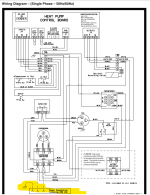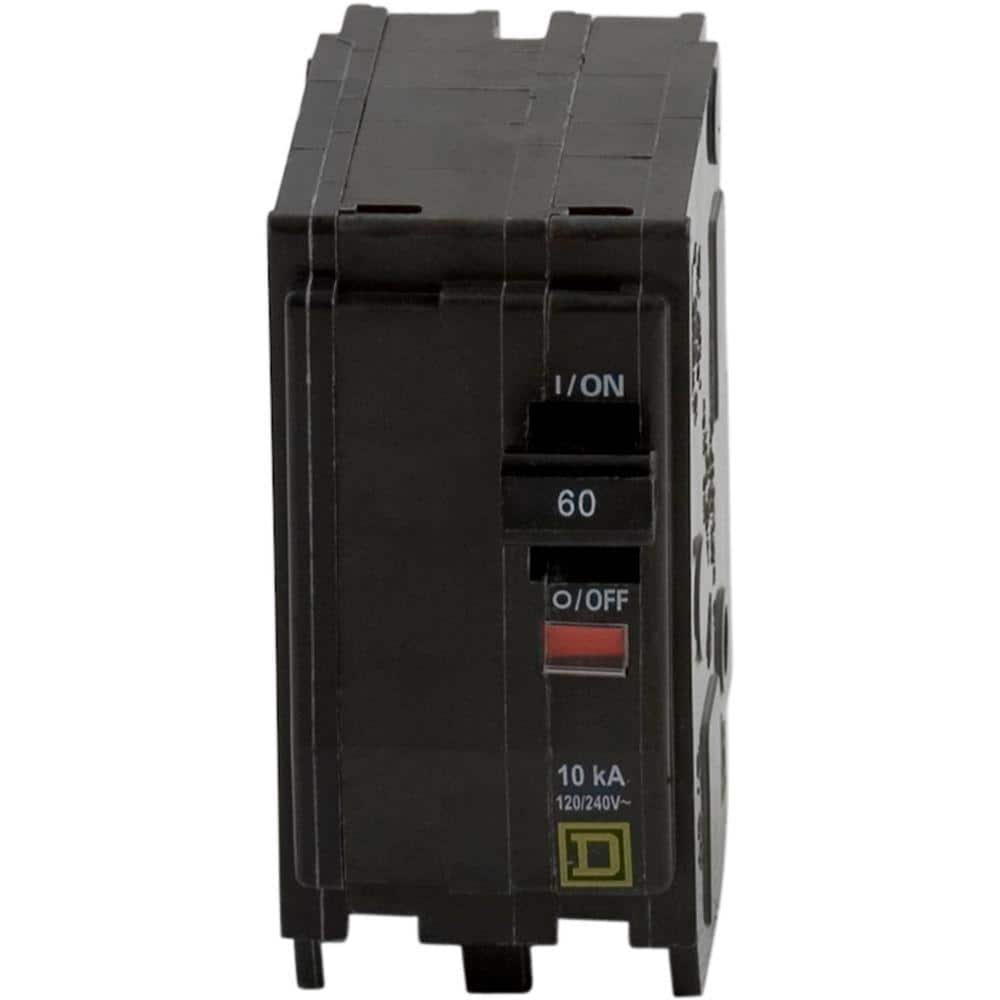Sorry, was thinking of that last post. Want to give a clear breakdown of what I am doing.
I have done plenty of electrical, I just always like to confirm

Heat Pump = I have settled on the Pentair UltraTemp 140
According to the specs, 50amp is recommended with a max of 70

Looks like the 50amp breaker is the same cost as the 60amp Any reason I should take the 60 over the 50?
The QO 60 Amp 1-1/2 in. Double-Pole Circuit Breaker has a common trip with a maximum load of 240-Volt. The breaker features Qwik-Open and a Visi-Trip indicator to easily identify a tripped circuit in the load center. This circuit breaker uses a thermal-magnetic tripping mechanism and has a...
www.homedepot.com
From the main breaker, will run a black and red #6 through conduit to a disconnect (non fused).
Will use #10 Green for ground. the chart on the pentair site says it uses a ground?

From Disconnect to HP, will be a whip. Will run #6 through that as well unless I can use #8 for the whip (I can only find #8 whips, no #6, unless I buy an empty whip and manually run #6 through it)?
Then of course connect my two #6's (black/red) and #10 (green) to the HP.
My pool guy will handle the plumbing and connecting to my Jandy box.
The run is about 40-50 feet for this electrical.





